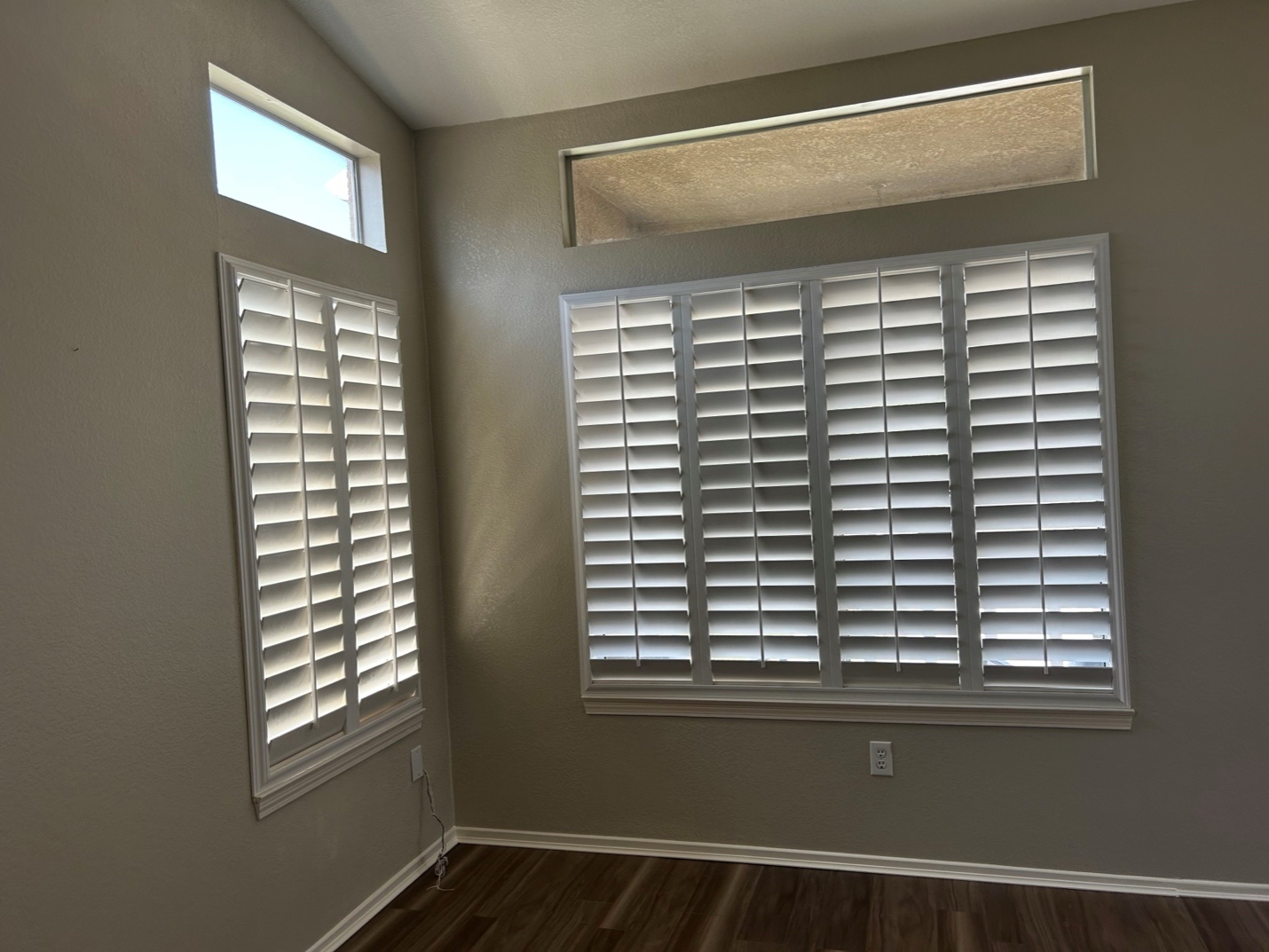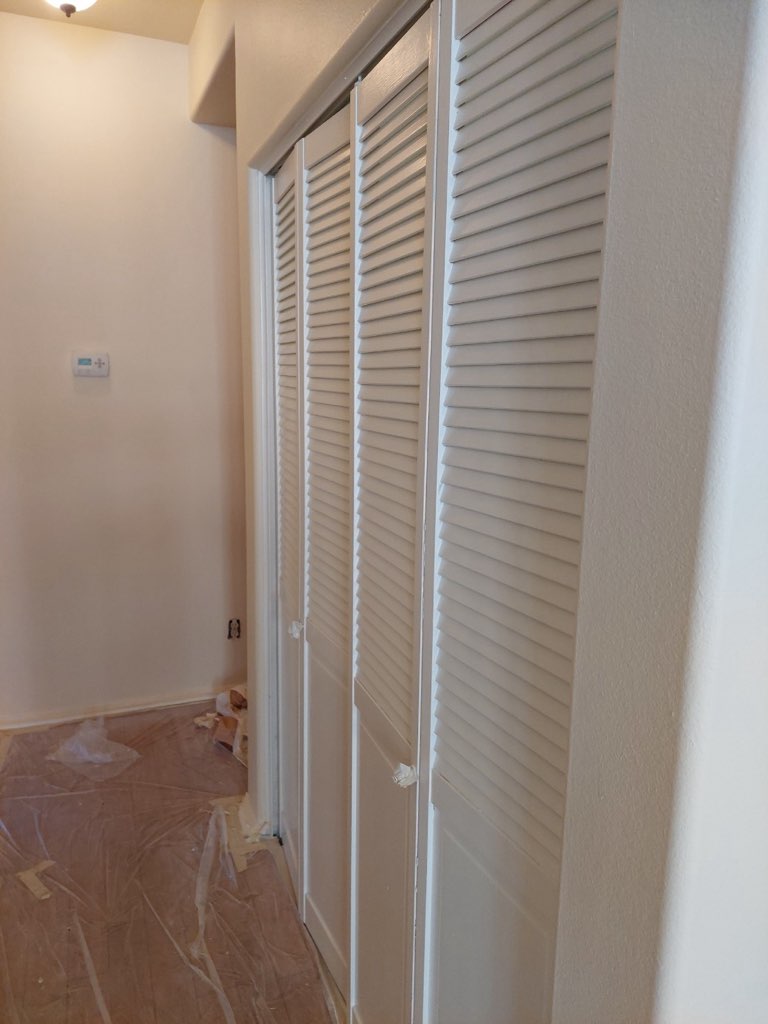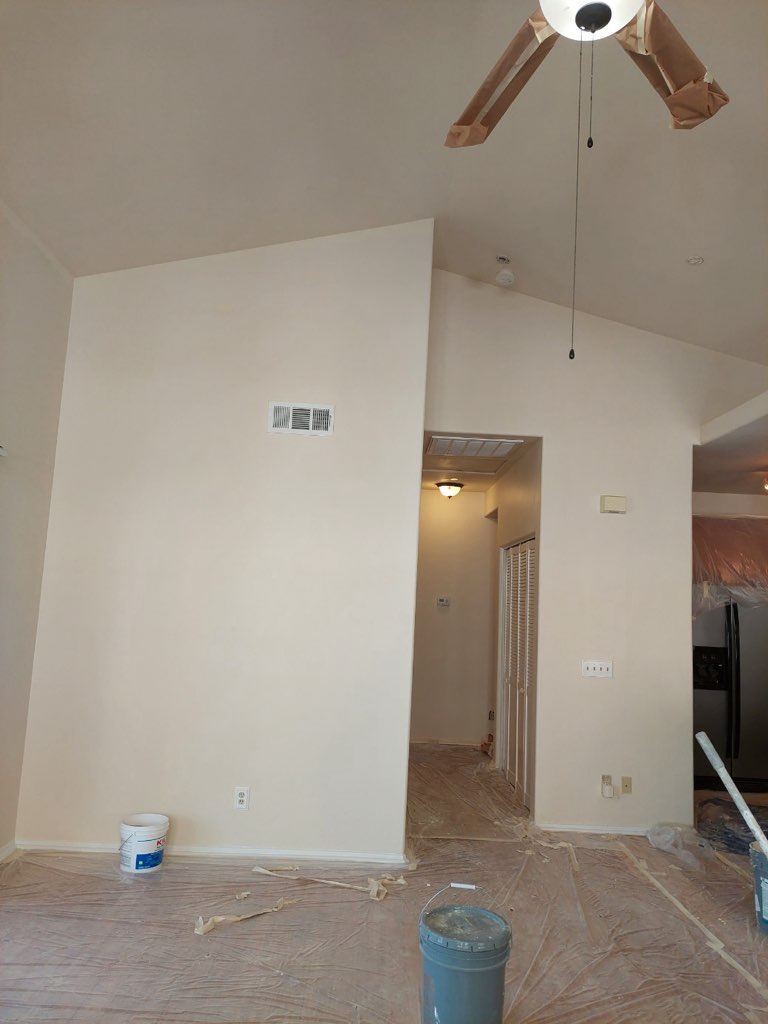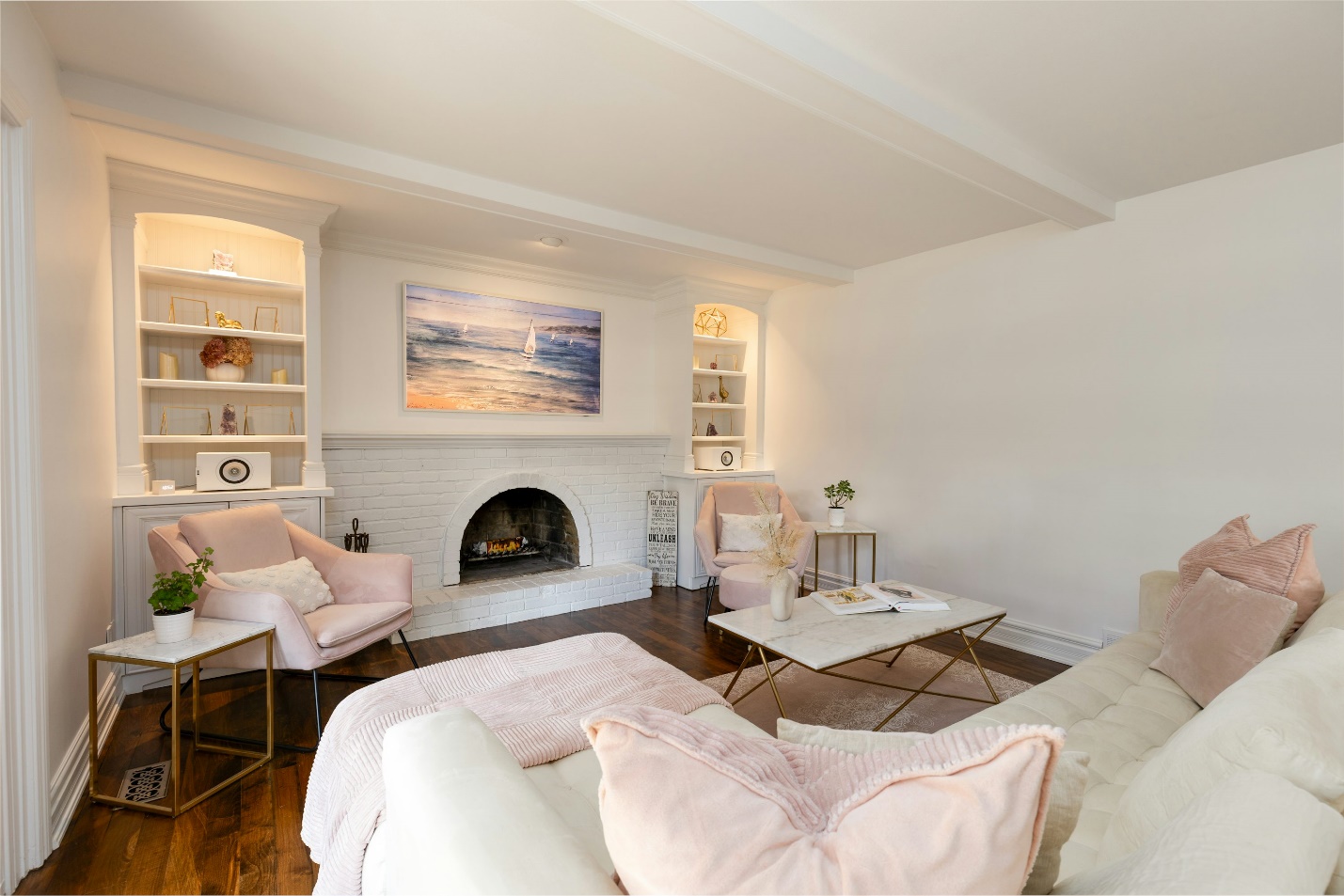In the competitive world of retail, creating an inviting and engaging environment is crucial to attracting customers and boosting sales. Beyond product selection and pricing strategies, the interior design and painting of retail stores play a significant role in influencing consumer behavior, shaping brand perception, and boosting retail sales.
Today, we will explore how strategic interior design and painting choices can impact retail sales, emphasizing the power of color psychology and layout in shaping the customer experience.
The Importance of Interior Design in Boosting Retail Sales
When customers step into a retail store, their first impression is often influenced by the overall ambiance and aesthetics of the space. Effective interior design goes beyond mere decoration; it aims to create an environment that enhances the shopping experience and encourages customers to stay longer and make purchases.
1. Creating a Welcoming Atmosphere
A well-designed retail space should feel welcoming and comfortable, enticing customers to explore and interact with products. Elements such as lighting, furniture arrangement, and signage all contribute to the overall ambiance.
For example, soft and warm lighting can create a cozy atmosphere in a clothing boutique, while bright and vibrant lighting may be more suitable for a tech gadget store aiming for a modern and futuristic feel.
2. Layout and Flow
The layout of a retail store can significantly impact how customers navigate and interact with merchandise.
A well-thought-out floor plan considers factors such as traffic flow, product placement, and customer engagement zones. Strategic placement of high-margin items or promotional displays can encourage impulse buys and increase average transaction value.
3. Enhancing Brand Identity
Interior design plays a crucial role in conveying brand identity and values. The color scheme, decor elements, and overall ambiance should align with the brand’s personality.
For instance, a luxury brand might opt for a minimalist, elegant design with subdued colors. In contrast, a youth-oriented brand may use bold and playful elements to appeal to a younger demographic.
The Impact of Painting on Consumer Behavior and Boosting Retail Sales
One of the most powerful tools in interior design is color. The psychological effects of color have been widely studied and can profoundly influence emotions, mood, and behavior.
In retail, strategic color choices can evoke specific feelings and perceptions that ultimately influence shopping decisions.
1. Understanding Color Psychology
Different colors evoke different emotional responses:
- Red: Red is often associated with energy and urgency and can stimulate appetite and impulse purchases. It’s commonly used in clearance sales or fast-food restaurants.
- Blue: Blue symbolizes trust and calmness and is frequently used by tech companies and banks to convey reliability and professionalism.
- Green: Green represents health, nature, and tranquility. Green can be effective in stores selling organic or eco-friendly products.
- Yellow: Yellow radiates warmth and positivity, making it ideal for capturing attention in window displays or promotional areas.
2. Strategic Use of Color in Retail Spaces
When planning the color scheme for a retail store, consider the following:
- Brand Identity: Choose colors that align with your brand’s identity and values. Consistency in branding fosters trust and recognition among customers.
- Target Audience: Understand your target demographic and their preferences. For instance, younger consumers may respond more positively to vibrant and bold colors, whereas older adults prefer more subtle hues.
- Spatial Perception: Use lighter colors to make small spaces feel more open and expansive. Darker colors can create intimacy or highlight specific areas within a larger store.
Practical Tips for Implementing Interior Design and Painting Strategies for Boosting Retail Sales
1. Conduct a Store Audit
Before making any design or painting decisions, thoroughly audit your retail space. Identify areas that may need improvement or renovation, such as outdated decor, worn-out furniture, or ineffective lighting.
2. Consult with Design Professionals
Engage with experienced interior designers or color consultants who specialize in retail environments. They can provide valuable insights and recommendations based on industry trends and consumer behavior research.
3. Test and Iterate
Don’t be afraid to experiment with different design elements and color combinations. Consider conducting A/B testing to measure the impact of changes on customer behavior and sales metrics. Data-driven insights can guide you in making informed decisions.
4. Maintain Consistency
Once you’ve established a design and color scheme that resonates with your brand and target audience, maintain consistency across all retail locations and marketing materials. Consistency reinforces brand identity and strengthens customer loyalty.
Wrapping Up
The role of interior design and painting in retail stores extends far beyond aesthetics. Strategically leveraging design principles and color psychology allows retailers to create an environment that enhances the customer experience, influences purchasing decisions, and strengthens brand perception.
Ready to transform your retail space and boost sales? Contact Silver Star Painting today! We are experts in retail interior design and commercial painting solutions. Explore how our tailored approach can enhance your store’s ambiance and maximize your sales potential. Visit our website to schedule your consultation today!







